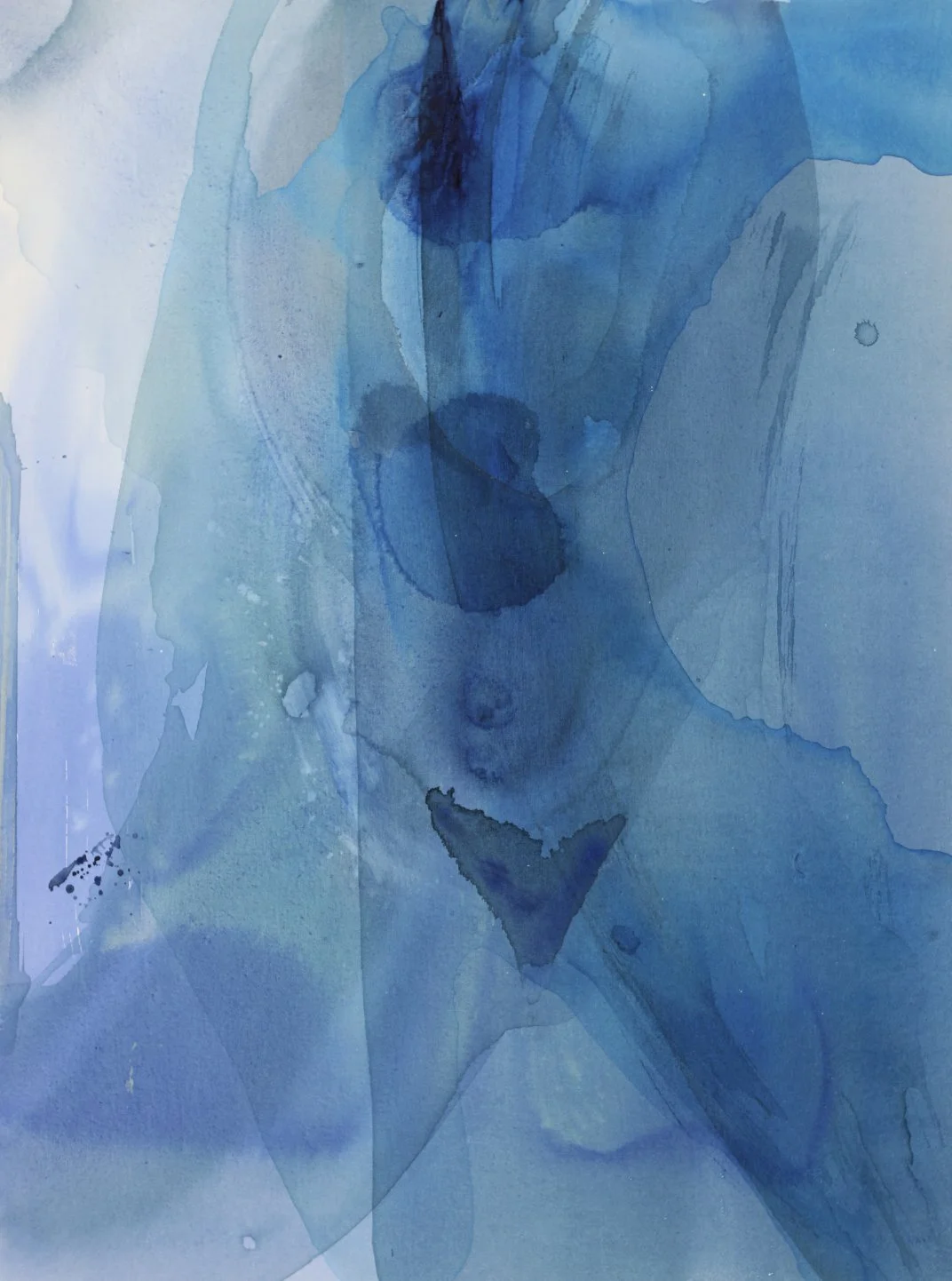
Tea and the Quiet Arts of Being
The cup is small,
but within it whispers stillness,
stillness whispering stillness.
Steam curls like prayer,
and the world pauses.
No temple bell, no sermon—
only the water, a leaf, and quiet.Bitter, the leaf steeped in warmth
friendship is renewed.
Medicine becomes poetry,
poetry becomes peace.Sitting in silence,
friends share worlds within.
The cup, passed between hands
The distant sound of rain
Creating clay.
A flower leans toward its shadow,
Tea whispers timelessness.Through centuries of ambition,
men built empires
of porcelain and sorrow.
But within this cup’s clay,
An empire different
Harmony and friendship.Two hands, warmth
The cracked cup, imperfect beauty
Here we find our own imperfect beauty
There, in imperfect beauty
we rest, at peace.Water flows—
simple, transparent, complete.
So the harmony of tea:
to love the passing moment
shared with friends.
Tea binds heaven to earth,
and to the quiet arts of being.
. . .
Tea began as a medicine and grew into a beverage. In China, in the eighth century, it entered the realm of poetry as one of the polite amusements. The fifteenth century saw Japan ennoble it into a religion of aestheticism—Teaism. Teaism is a cult founded on the adoration of the beautiful among the sordid facts of everyday existence. It inculcates purity and harmony, the mystery of mutual charity, the romanticism of the social order. It is essentially a worship of the Imperfect, as it is a tender attempt to accomplish something possible in this impossible thing we know as life.
- The first paragraph of the first chapter of “The Book of Tea“ by Okakura Kakuzō (1862-1913) published in 1906.
I’ve begun work on a series of journals. One half of each two-page spread will be reserved for the writer’s own notes, the other a painting, poem and journal reflection. Work has begun on a series of poems that offer my interpretation of the Tao Te Ching which will be offered as a journal. Another, this one to be published later next year, will be based on The Book of Tea. The idea is to combine the mysterious beauty of these ancient poems with journaling as a practice that can provide insight into the hidden but profound patterns that underly each of our lives.
The Book of Tea has long been a source of inspiration for artists and writers. It has, for instance, been cited as an important influence on the work of Frank Lloyd Wright, Arthur Wesley Dow, and Georgia O’Keeffe.
In 1927, Heidegger published a book entitled Sein und Zeit (Being and Time). It made him famous. Heidegger’s concept of Dasein in Sein und Zeit was inspired – although Heidegger remained silent on this – by Okakura Kakuzō’s concept of das-in-der-Welt-sein (being-in-the-worldness) expressed in The Book of Tea to describe Zhuangzi’s philosophy.
Above, my poem inspired by the first chapter of The Book of Tea. You can read the entire chapter in its original form on the Heron Dance website here.
You can read the entire post, including an upcoming offer to Members who support this work to buy my hardcover art book, Nurturing the Song Within, at a 50% discount here.
This book explores what I’ve learned in thirty plus years of living a creative life on my own terms, including the struggles, false hopes and dead ends. And the deep meaning to be found on this path of nurturing your song within, of living your passion.
Nurturing The Song Within Art Journal: 50% off for Members
(If you are not already a member, you can become one here).
Nurturing The Song Within explores the inner work underlying creative work and creating a unique life. I tried to put into it everything I’ve learned in thirty plus years of living a creative life on my own terms, including the struggles, false hopes and dead ends. And of course, the deep meaning to be found on this path of nurturing creative work and a creative life.
In the next few days, we’ll offer this book to Members at 50% off. You can support this work (without the support of readers Heron Dance wouldn’t exist) and become a member here. Members also get access to a complimentary copy of a PDF of the book, so you can review that before you purchase the book if you like.
Nurturing the Song Within explores the roots of creativity in the deeper levels of our imagination, and the role of journaling in accessing those deeper levels.
Each two-page spread includes a painting and observations on living a creative, meaningful life.



